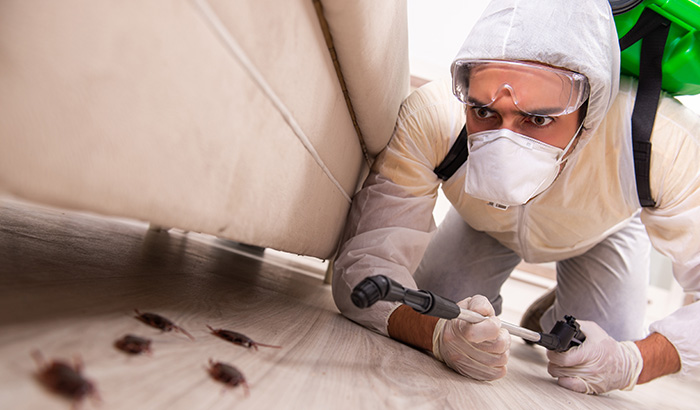The expense of homeownership might have you searching for ways to save a few precious dollars, but DIY pest control isn’t always the best solution.
Pest infestations can be a homeowner’s worst nightmare. Whether it’s unwelcome ants in the kitchen, a spider lurking in the shower, or rodents camping out in your attic, pests can disrupt your peace of mind and your property. Many homeowners take matters into their own hands through pest control DIY methods, but that isn’t always the most productive decision to lean on.
Read on to learn when it’s right to DIY your own pest control methods and when it’s best to call in the professionals. Here are 10 points you might not have considered when contemplating pest control remedies.
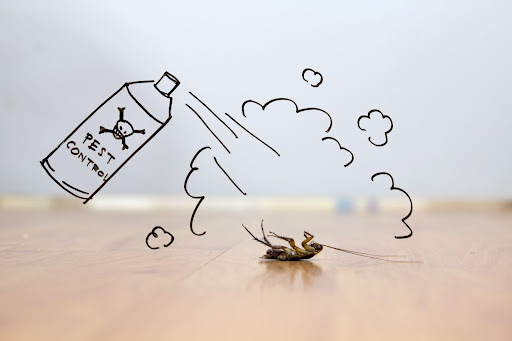
1. Identifying the Issue
The first step in any pest control method is to identify the issue at hand. Pinpointing the pest you’re dealing with and understanding their characteristics is key. Misidentifying the pest can lead to failure or potentially worsen the situation. It could also lead to unnecessary risks to people, animals, or the environment.
Different pests require different solutions, so here are several tips to help you identify an unknown pest:
- Observation – If the pest isn’t playing hide and seek, start by carefully observing it. Note its shape, size, color, and any other distinguishing features. Pay attention to how it moves and its behavior as well.
- Collect a sample – If possible, collect a sample of the pest for closer examination. Trap the pest in a jar, but exercise caution throughout the process. Some pests can bite, sting, or carry diseases.
- Photograph the pest – If you can snag a close-up photo of the pest, that will be especially helpful if you need to consult online resources or experts.
- Inspect the area – Look for signs of damage, droppings, nests, webbing, or any other evidence of pest activity. The characteristics of the damage can help you piece together the pest’s identity.
- Consult online resources – Use reverse image search tactics to help identify the pest you photographed. You can also search for a pest based on location, behavior, or physical characteristics.
- Seek professional help – If you still can’t identify the pest through the methods above, it’s time to seek professional advice. Qualified pest control services have the expertise to identify the pest and address the problem effectively.
2. Specialized Knowledge and Skills
You might assume a few squirts of bug killer will be enough to eradicate a pest, and you’re not necessarily wrong! Some pests are easily conquered through over-the-counter pesticides. On the other hand, complex issues require specialized knowledge and skills. Like any acquired skill, there’s a learning curve to pest control. It’s crucial to acknowledge that effective pest control often requires the specialized skills of a professional.
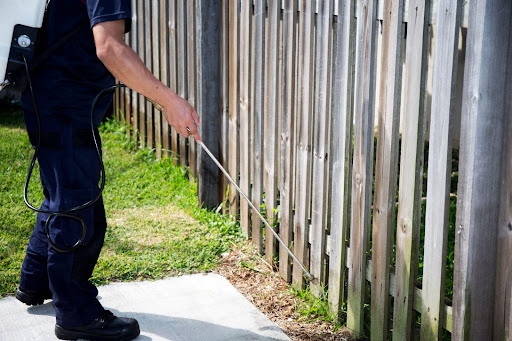
3. Access to Specialized Tools and Techniques
One of the key benefits of relying on high-quality pest control services is their access to specialized tools and techniques. These tools and skills go above and beyond what the average homeowner possesses.
These state-of-the-art resources play a crucial role in combating pests for good. Specialized pest control tools are more powerful and precise than standard, consumer-grade options. Pest control technicians have the means to target and address pest infestations with greater accuracy and success. Some top-notch tools and techniques these experts use include:
- Foamer – A foamer is a tool that is attached to a thin, fine nozzle. This nozzle can stretch into hard-to-reach spaces like pipes or behind walls and cabinets. Foam doesn’t drip like liquid, so it stays in place longer.
- UV light traps – Many insects are drawn to ultraviolet light, making it an excellent source for traps. UV light traps work by using UV light to attract flies, moths, mosquitoes, and other pests. Once inside, glue boards trap the pests to kill them. These are particularly useful for stubborn fruit flies that seem to multiply in minutes.
- Duster – Some pest control chemicals come in powder form. These are best applied using a duster or a small tool used to pump insecticidal dust into spaces that don’t warrant the use of liquid chemicals. This is a common technique for killing scorpion infestations, wasp nests, spider eggs, and more.
- Hose – A hose is typically used to apply various outdoor pest control treatments. Hand-tank or backpack sprayers help to spread the pesticide evenly over a vast area.
- Bait tools – Bait tools are used to mitigate large pest infestations and provide long-term treatment. A solid bait system includes something that pests like to eat and a lethal poison. Bait tools might also include concrete drill bats, concrete plugs, and trench shovels.
- Specialized safety equipment – Pest control companies also have access to proper safety equipment or PPE gear. Pest control safety equipment includes gloves, helmets, respirators, goggles, ear protection, safety boots, shoe coverings, and coveralls.
4. Health Risks
Most homeowners trust over-the-counter pesticides to fix their pest issues straightaway. While many insect products can be effective, they all carry inherent risks. Using the wrong pesticide or applying it incorrectly can lead to health issues, environmental contamination, and other issues.
Here are some health risks to consider when relying on pest control DIY methods:
- Poisoning – Pesticide exposure can lead to poisoning, resulting in nausea, vomiting, skin rashes, dizziness, or headaches, and severe poisoning can be life-threatening.
- Chronic health implications – Excessive pesticide exposure has been linked to chronic health problems such as respiratory problems, cancer, neurological disorders, and reproductive issues.
- Food residue – Pesticide residues can remain on crops, causing potential health implications.
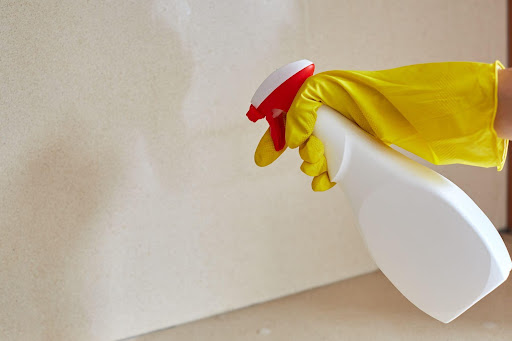
5. Environmental Risks
Over-the-counter pesticides pose potential risks to the environment if used carelessly. Insect killers can disrupt the ecosystem by harming beneficial species such as birds, non-target insects, wildlife, and aquatic organisms. They can also contaminate water sources, soil, and air.
6. Cost-Effectiveness
Cost is a worthwhile factor to consider when managing pest infestations. DIY pest control methods might seem affordable initially, but they often fail to provide long-term solutions. On the other hand, professional pest control services offer cost-saving benefits that offset the initial cost.
Pest control experts can effectively eradicate the problem for good. Because of their training, they can identify the pest, assess the severity of the solution, deliver targeted treatment plans that directly address the problem, and reduce overall costs. These companies focus on eliminating existing infestations and preventing future complications. This preventative approach saves you hundreds of dollars on over-the-counter pesticides that only temporarily treat the problem.
7. Integrated Pest Management (IPM)
Integrated Pest Management (IPM) is one of the most sustainable approaches to pest control. This is a comprehensive strategy that combines preventative measures, monitoring, and targeted interventions to mitigate pests. Their plans all center around minimizing the environmental impact of pesticides. Most pest control businesses follow the IPM approach to pest control.
8. Post-Pest Control Steps
There are several tips and steps to follow once pesticides have been applied. Most people who try pest control DIY solutions aren’t familiar with these post-pest control procedures:
- Let the products work – You must give your pest control treatments enough time to work. That means that indoor pesticides need to be left only for a few days after they dry. Don’t mop or wash away any treated areas with a deep clean.
- Seal off crevices – If you invest in high-quality pest control services, they’ll work to prevent the problem in addition to treating it. Your technician should point out the affected portions of your walls, foundation, or other areas of your property and seal them off to reduce repeat treatments.
- Throw away any affected perishables – Before treatment, put away all perishables that might get caught in the crossfire. Throw away anything that might have been exposed to pesticides after treatment.
- Remove any potential pest attractions – Sometimes attracting pests is just the luck of the draw — seasonal changes, climate, and other factors outside of your control can cause an infestation. In other cases, you might have some habits that are attracting pests, such as leaving out food crumbs or abundant water sources.
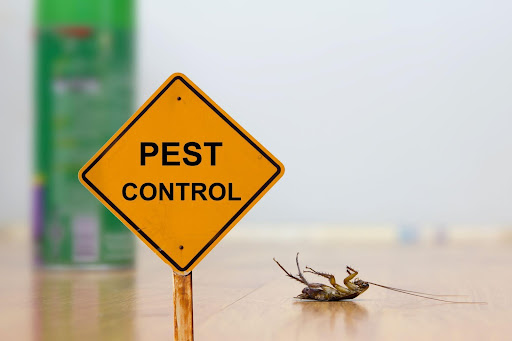
9. Patience and Persistence
Pest control is not always a one-size-fits-all procedure! A healthy dose of patience and persistence is needed to conquer the problem for good. Even if you successfully eliminate a pest infestation on your own, they might find their way back onto your property in the future.
Consistent monitoring and upkeep are essential to prevent reinfestations or new infestations. If you’re becoming discouraged that your efforts aren’t yielding immediate results, it’s time to call in the experts. Persistence is key to successful pest control.
10. The Value of Professional Consultation
Even if you decide to pursue DIY methods, consulting with a pest control professional beforehand is always a sound idea. Pest control experts can provide valuable insights and guidance, including pest identification, suitable control methods, and preventative measures. Their expertise can be invaluable to you throughout your journey to maintain a pest-free home.
Take Control of Your Pest Problems With Pink Pest Control
Are you ready to regain control of your living space and say goodbye to unwanted pests through professional pest control? Don’t hesitate to enlist the help of Pink Pest Control! Our expertise, knowledge, and effective solutions can ensure a pest-free environment for you and your family.
For a reliable solution to getting rid of pesky pests, Pink Pest Control stands as a trusted partner across the entire state of Utah. Schedule a service or a free inspection with Pink Pest Control today and experience firsthand why countless customers trust us to safeguard their living spaces.

